Preventing Baby Bottle Tooth Decay
Baby bottle tooth decay is a very important problem for parents. Mostly the menace is linked to emerge with the baby with a bottle while being asleep predominantly when a child is a year old. Hollow spaces emanate off the interface between normal mouth microbes besides carbohydrates in their food. The carbohydrates get converted to acids upon turning sour by the microbes. The acid then scratches the teeth enamel when there is extended contact. Mouth fluid (Saliva) aids to avoid hollow spaces by absorbing the carbohydrates and by rinsing the teeth.
In babies, Baby bottle tooth decay progress faster at night. When anyone is asleep, the saliva assembly reduces quickly. Gulping also diminishes and fluids existing in the mouth during the sleep tend to accumulate for long.
Feeding-bottle dental decay is a particular type of serious rot observed in the infants’ and toddlers’ teeth while being asleep with a feeder containing milk or any sweet fluid. It is the major cause for critical tooth ailment regular in children of under three years.
How to Avoid Baby Bottle Tooth Decay?
Unlike mostly invisible adult hollow spaces, baby bottle tooth decay give rise to hollow spaces visible on the front portion of the teeth with the top four central teeth are those to be mostly impacted. Their similitude in the bottom gum shielded by the tongue when lactating and cleansed by saliva, by and large remain sound.
The cycle of dental decay is quite steady and in due course the teeth are damaged. Normally, the enamel is ultimately broken sometimes between 12th and 18th months. The hollow spaces initially show up at the gum line as faint, white, decalcified lines. The process then starts to speed up. In complex cases, the four upper teeth’s crowns are entirely damaged, leaving rotted brownish-black remains which twist the permanent teeth’s spacing. I did observe this frequently.
Baby Tooth Decay Treatment
Hollow spaces may not appear to be a big issue, and your toddler may be seen happy with them. Most common problems of tooth decay in toddlers front teeth. However, what your son would have through the course of formation of his traits and character is nothing but these teeth. Even though it might appear loving to give a bottle when he goes to sleep, it could be far more loving to help him fall asleep in other ways too.
The most effective method to reduce the potency of baby bottle tooth decay is to refrain from making the child with a bottle in mouth to make it fall asleep. If avoiding the night feeding appears impossible, making a child wakeful at least for fifteen minutes post feeding can considerably help preserve his teeth.
Factors of Developing Feeding Bottle Tooth Decay
Children getting inappropriate feeding may lead to distinctive nursing cultured tooth decay, prominently termed as Feeding container Tooth decay. Other terminologies used are caries caused by nursing container, infant caries, early complication during childhood caries etc.
Such tooth decay is a disturbing menace among young people, parents and the dentist attending on them. Generally, water and other fluoride applications have yielded in curbing the caries from spreading with BBTD persisting as decay factor deserving special attention.
Primitive detection besides involvement is vital to victorious management to prevent disease from progressing.The combination of these features leads to illness and absence of one or more will not illness.
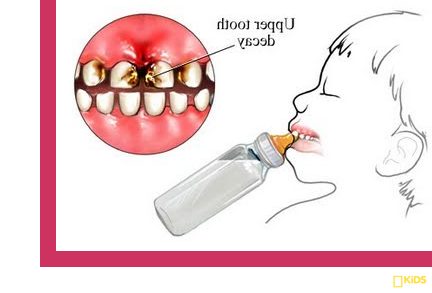
Factors of Developing Feeding Bottle Tooth Decay
Teeth
Primary teeth normally erupt in the life’s first year, around six months when the lower central teeth follow the upper one. Usually at a year, all lower and upper teeth erupt. The time to erupt is varies ranging to even six months.
Bacteria
An important bacterium in dental caries is streptococcus mutants. S. mutants do not show up in the oral hollow space in infants till the tooth erupts. S. mutants itself will not hold to the teeth well and hence requires other plaque creating bacteria for basic colonization. Infants are prone to get infected through their parents or other individuals having close contacts with mother as the principal source.
Infants’ mothers holding escalated levels of s. mutants in their saliva become more occupied compared to those with low levels. Caries requires minimum infective dose to erupt. Virus deterrence should be initiated by parents as preventive therapy. Having all bad teeth reflects having similar bacteria.
Substrate
The enzyme for s. mutants comes off milk, juice or any sweet liquid containing fermentable carbohydrates. In’70s and ‘80s, commercial sugar teas guided to extensive infant caries in Germany. Parents in UK resorted to enhance the viscosity of vitamin syrups by coating with honey or sugar syrup for ensuring long feeding. Honey coated pacifier is yet another bad habit. As honey is connected with infantile botulism, it is advisable to avoid the same during life’s first year. The botulism spores are found in commercial corn syrups. It was recently observed in U.S feeding bottles to be labeled with soda labels and astonishingly, even children were found with soda-filled bottles.
Time
To enable demineralization and caries development, bacteria and substrate requires to prevail for a long time. The bottle at sleeping time or while in the bed is very harmful as liquids will puddle surrounding the incisors for longtime and the teeth are basically affected by maxillary teeth. Lower incisors generally get less affected due to being shielded by the tongue.
How to Avoid Baby Bottle Tooth Decay?
Nursing pattern decay has also been the cause promoted by prolonged or unrestricted night time breast feeding. The milk stagnated around the neck of frontal teeth with subsequent fermentation of the disaccharide lactose besides sugar found in milk promotes caries. Bottle or breast feeding do not influence the caries under normal feeding routine.
A usual lofty risk child will use bottle to get fed well past the first year. If infants are allowed prolonged use of bottle, the habit especially during crisis cannot be stopped abruptly. Such children invariably have low appropriate caloric intake and thus high liquid intake may result the children to be away from other nutritional foods, thus ending up with malnutrition.
Ablactating off the breast or bottle feeding can become highly challenging. This can be overcome by conversion to the cup as early as possible preferably before or immediately after the first birthday. Infants develop muscle control to close the mouth when they can be put on cereals besides shifting over to cups for taking liquid foods.
Preventing Feeding Bottle Dental Decay
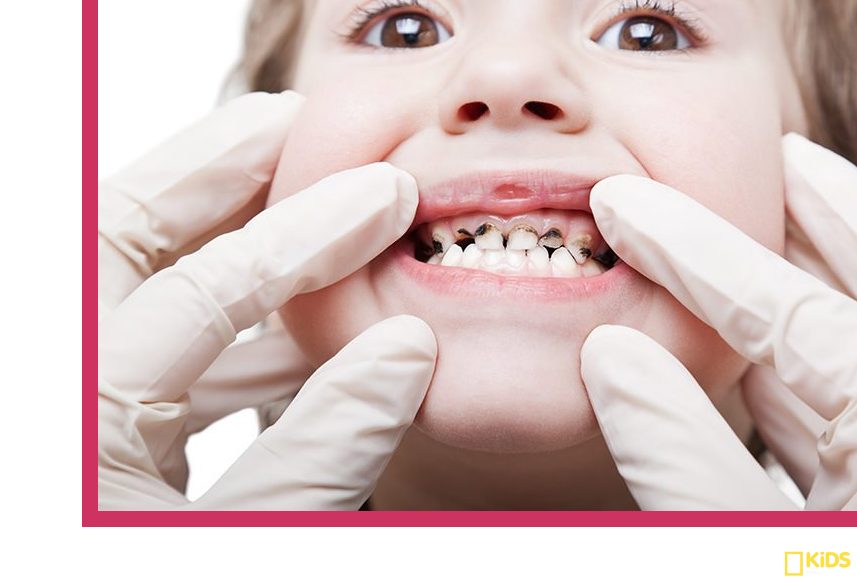
Despite achieving success preventing dental decay since recently, it is still a considerable menace among children. Dental decay can initiate early and in fact, one may not be able to even locate and aid to avert it from the time the child first commences teething.
Dental rot is induced by microbes (germs) which locate a place in the carbohydrates to build up on the child’s teeth. Germs require three things to thrive – food, water and warmth – everything found plenty in child’s mouth. Over the time, these microbes soften the outer layer or the enamel of the tooth. The area so damaged ultimately becomes hollow and is termed a cavity.
Preventing Baby Bottle Syndrome
First time teeth are usually referred to as baby teeth or milk teeth which start first to show up during the child’s gums between the 4th and 6th months. Until the entire 20 dentition show up, the teething lasts when the children are generally just about 2 years old. Dentition is a key landmark in the child’s development but quite often, it is a painful one too. For baby tooth decay treatment The primary teeth’s eruption, or teething, can form sore and the tender gums appear red and swollen. To combat this menace the baby can be given a cold teething ring or a damp soft material to chew. My mother usually gave me cold carrot sticks for sucking.
Baby Bottle Syndrome
If you bottle-feed you have to be more careful of dental decay normally called baby bottle dental decay. One of the reasons bottle-fed children have more tendency to dental decay compared to baby tooth decay breastfeeding is because of the carbohydrates present in milk formula, even though the levels of sugar in current recipe are remarkably less than they were before.
However, the major attribute to baby tooth decay breastfeeding is the habit of making the babies to sleep with bottles constantly in their mouth and sucking on for hours. Another contributor of decay is using pacifiers. The use of sugar dipped pacifiers not only exacerbates decay, it also makes babies to look very ugly.
To summarize, for baby tooth decay treatment when you feed through bottle, be more cautious of your child by preventing it from contracting dental decay. The American Academy of Pediatric Dentistry has suggested the following measures for preventing feeding bottle dental decay:
- Do not permit your child to sleep with a bottle filled with milk, recipe, juices of fruits or other sweetened fluids inserted in its mouth. Also never permit your child to stroll with the bottle in mouth.
- Pacify a child demanding a bottle with milk or sweetened liquid between normal eating or during naps by replacing with cool water.
- Always ensure your child’s pacifiers hygienic, and avoid dipping a pacifier in a sweet liquid
- Introduce children with a bowl/cup as they move toward 1 year of age. Babies must stop drinking milk/water off the bottles immediately past their first birthday.Following the foregoing recommendations will help baby from preventing baby bottle dental decay and alleviate considerable discomfort for your baby. You will also get the enhanced bonus of making your baby’s smile even more handsome.
Our previous article Twin Baby Care - The Best Practices in the title Having Twin Baby ve twin baby care information is provided..

Hello, I’m Dorothy. I love writing and researching articles. Reading books about baby health, care and pregnancy is my favorite. I will be sharing delicious and healthy information on food and baby food during pregnancy.





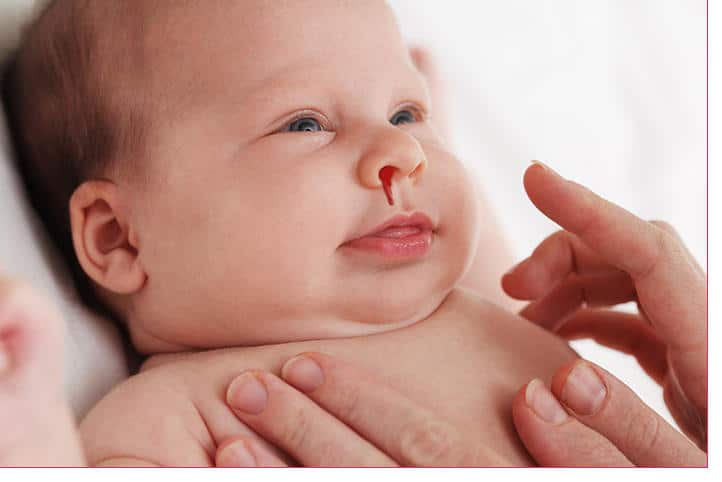



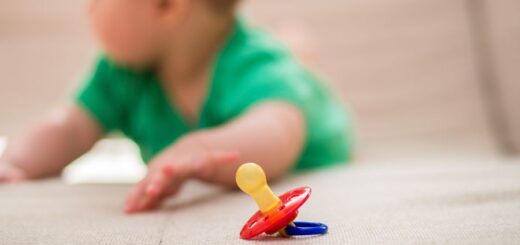
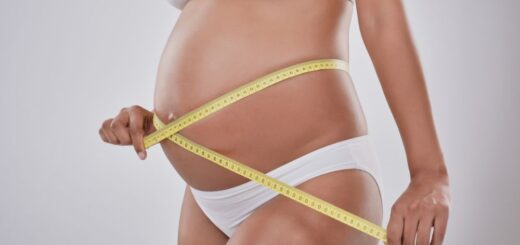
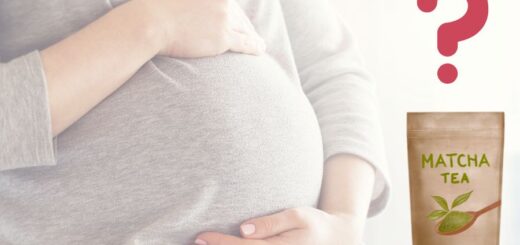
Good
That is a great article over there, thinking you do good to a baby ….but there is damage caused to the baby’s teeth
Great
Awesome artucles
Great article thank you for all the good to know information.